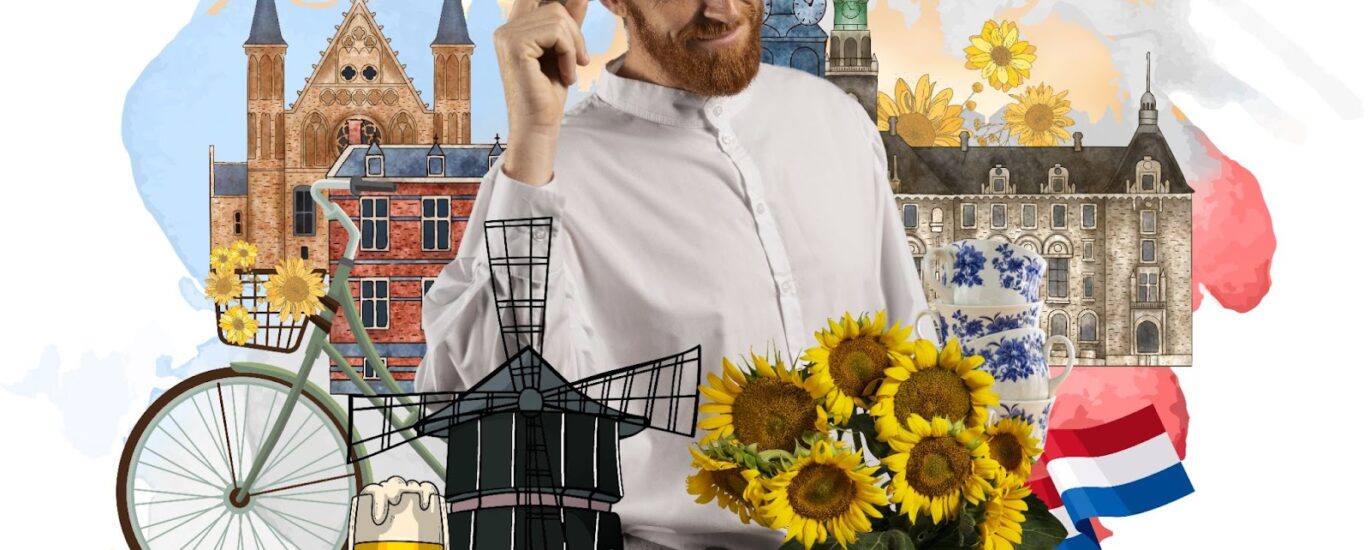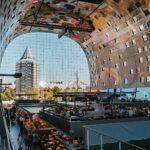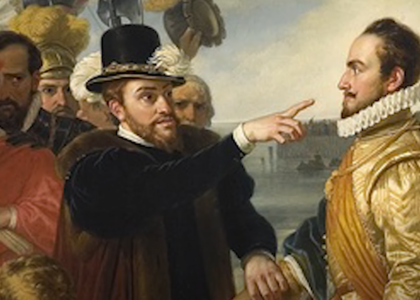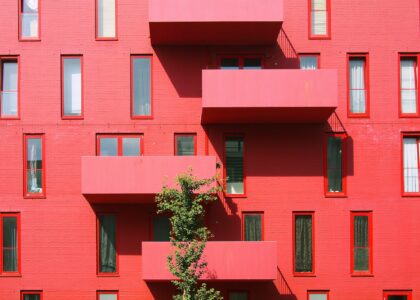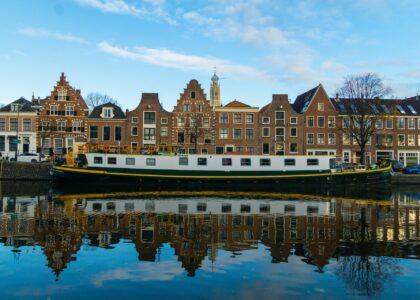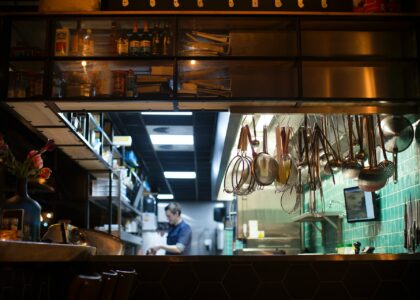Dive into the rich culture and traditions of the fascinating land of tulips, windmills, and artistic heritage. From typical habits to surprising quirks, let’s debunk the most common stereotypes and misunderstandings about the charming European country known for its flat landscapes and intricate canal systems.
Brace yourself, as we are about to redefine your perspective on the ‘Dutch’ way of life.
Decoding Misunderstandings and Stereotypes Regarding the Land of Windmills
The country known for its tulips and waterways is often a subject of many false impressions. After a careful examination of the 35 most common misunderstandings, we’re here to enlighten you about the realities of this intriguing country. It’s high time we cast off these mistaken notions about this picturesque European land.
PEOPLE HERE INDULGE IN CANNABIS CONSTANTLY
Quite the popular stereotype, isn’t it? Sure, cannabis consumption is prevalent among a segment of the population. The tolerance policy here makes it less attractive, resulting in a surprisingly lower addiction rate than in many countries where cannabis is banned. Many locals have never tried it. Thus, the statement that everyone indulges in cannabis is far from accurate.
CANNABIS IS LAWFUL AND CONSUMABLE ANYWHERE
Another common misconception! The tolerance policy allows the possession of up to five grams of cannabis, beyond which it’s illegal. Consuming cannabis is not allowed everywhere, and other soft and hard drugs are strictly prohibited. Visitors often mistakenly smoke cannabis outside authorized shops, leading to law enforcement complications.
INHABITANTS ARE STINGY AND ALWAYS SPLIT THE BILL
The practice of splitting the bill is seen as a nod towards equality rather than stinginess. The country is known for its generous contribution to development aid, debunking the myth of stinginess. Moving on to the next false impression!
LOCALS ARE RUDE
This stereotype stems from cultural differences. The locals value honesty and straightforwardness, which can be perceived as rudeness by people from warmer, less direct cultures. Their preference for authenticity over exaggerated friendliness is often misunderstood.
EVERYONE WEARS WOODEN SHOES
While wooden shoes, or clogs, are part of traditional attire, they’re not commonly worn in daily life. Yes, some farmers still wear them, but they’re far from a universal footwear choice.
GIETHOORN IS A THEME PARK WITH OPERATING HOURS
Absolutely not! Giethoorn is a living, breathing village, not a tourist attraction. Visitors are kindly requested to respect the residents’ privacy and property.
THIS COUNTRY AND DENMARK ARE IDENTICAL
An inexplicable mix-up, considering they are separate nations located in different regions of Europe, each with its unique cultures and traditions.
PEOPLE HERE AND DANISH PEOPLE ARE THE SAME
Another puzzling assumption, with no real basis.
EVERYONE IS A HEAVY BEER DRINKER.
While enjoying a beer in the sunshine is part of the terrace culture here, it’s not synonymous with excessive drinking. The perception of constant inebriation is a fallacy.
HOLLAND AND THIS COUNTRY ARE SYNONYMOUS.
This confusion is understandable, given that the nation’s tourism board goes by the name ‘Holland.com.’ In reality, Holland refers to two provinces – Noord and Zuid Holland (North and South Holland). Besides the latter, there are ten more provinces.
EVERYONE IS TALL, BLONDE, AND BLUE-EYED
The country’s multicultural demographic disproves this stereotype. For example, Rotterdam is home to nearly 170 nationalities.
THE MAIN TULIP REGION IS SOUTH OF AMSTERDAM, NEAR LISSE AND DE KEUKENHOF
Contrary to popular belief, the primary tulip region has shifted to the top of North Holland, north of Amsterdam.
INHABITANTS SPEAK DANISH
Such an assumption is far from accurate. Inhabitants of this country converse in Dutch, which is markedly distinct from Danish spoken in Denmark.
ALL INHABITANTS RESIDE IN AMSTERDAM
Assuming that the country’s population is confined to Amsterdam would mean considering it to house less than a million people, rather than its actual population of 17 million.
TULIPS ARE INDIGENOUS TO THIS COUNTRY
Surprisingly, this is not the case. While tulips are emblematic of the local culture, they originally hail from Central Asia. It was in this country where they were cultivated and transformed into colorful blooms that have become a symbol of national identity.
EVERYONE CONSTANTLY TRAVELS BY BIKE
While biking is indeed a popular mode of transportation, people also frequently utilize the country’s efficient public transport system. Biking is primarily used for commuting within cities, while trains and buses are often preferred for longer distances.
THE COUNTRY IS PART OF SCANDINAVIA
Contrary to this assumption, this nation belongs to Western Europe, not Scandinavia.
THE COUNTRY IS BASICALLY A SMALLER GERMANY
Such a statement is likely to elicit strong responses. It’s vital to respect the distinctive identity, culture, language, and heritage of each country. This country, with its unique history and traditions, is not a smaller version of its neighboring nation, Germany.
INHABITANTS LACK A SENSE OF HUMOR
The local sense of humor is nuanced and may not always translate well into English. However, this certainly doesn’t imply a lack of humor amongst the inhabitants.
EVERYONE FREQUENTS THE RED LIGHT DISTRICTS
Contrary to popular belief, many people, in fact, avoid these areas, particularly when they’re crowded with inebriated tourists.
AMSTERDAM AND THE COUNTRY ARE SYNONYMOUS
Amsterdam is the capital city of this nation and should not be confused with the entire country.
A LARGE POPULATION RESIDES IN WINDMILLS
Although a few people do inhabit old windmills, the vast majority live in conventional homes. These centuries-old structures often require significant and costly renovations to convert them into livable spaces.
INHABITANTS ARE RESERVED AND COLD
While the locals might seem a bit reserved compared to some other cultures, they are far from cold. They value honesty and sincerity and may take some time before opening up to new people.
Final Thoughts
In light of these clarifications, it’s fascinating how one’s perception can drastically change. This country is not as misunderstood as it might initially seem, it’s simply unique in its ways. After all, the essence of traveling is immersing oneself in new cultures, interacting with diverse individuals, and respecting differing norms and values.
Now that you’re familiar with these common misconceptions, you’re prepared to spread the truth about this wonderful country. Check out the video debunking these stereotypes!

